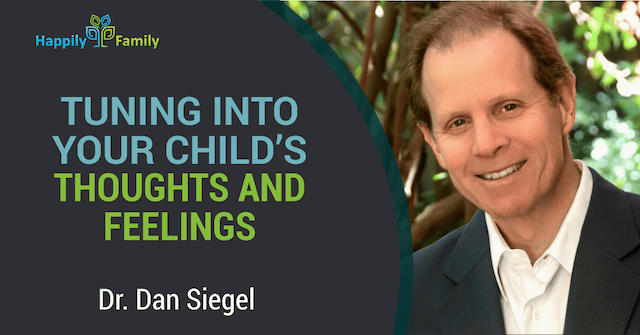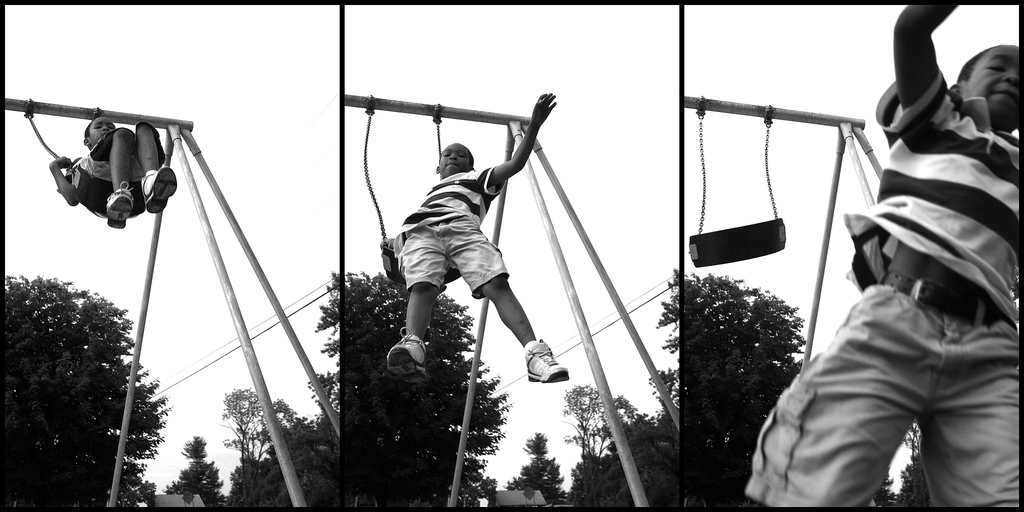We had the honor of talking with Dr. Dan Siegel (which is always mind-expanding!)
Dr. Siegel says that effective parenting involves more than just responding to our children's behavior, but also to their inner thoughts and feelings.
How do we tune into our child’s inner life?
What does that actually mean?
Watch the video to find out!
TENDING TO OUR CHILD’S INNER WORLD IS THE KEY TO BUILDING A STRONG PARENT-CHILD CONNECTION…
A child’s inner world is full of feelings, memories, longings, perceptions, thoughts, hopes, and dreams.
One of the best ways to help your child feel seen, heard, and understood is to take the time to get to know this special part of them.
AND THE GATEWAY TO BUILDING EMPATHY & COMPASSION.
When children are guided through the process of understanding and managing their emotions, they learn the invaluable skills of empathy (awareness & understanding of other people’s feelings) and compassion (the desire to help someone relieve their suffering).
THREE THINGS YOU CAN DO (Try these powerful mindful parenting strategies!)
Tip #1.) Build Emotional Intelligence
Talk to your kids about their emotions from an early age to help them develop the vocabulary to talk about how they feel.
Teaching them to identify and label their emotions is the first step in helping them develop healthy emotional regulation skills.
Tip #2.) Name it to Frame it
Before responding to your child’s behavior, practice pausing to reflect on the ‘why’. Get curious about the feelings that may be behind their actions.
Create a story with your child to narrate their experience and feelings out loud. This helps them make the connection between their emotions and behaviors. As parents, when we know ‘why’ our child is acting a certain way then it helps us gain perspective and respond more effectively.
Tip #3.) Encourage Open Communication
Prioritize quality time when your child feels safe to open up.
Show your interest by asking questions like, “Hey, I was wondering what it felt like for you when…?”
Validate your child’s feelings using statements like “That sounds hard, it makes sense you’d feel nervous.”
Focus on listening and simply giving them the space to talk about their thoughts and feelings.
Which takeaway is your favorite? Write it in the comments below!









